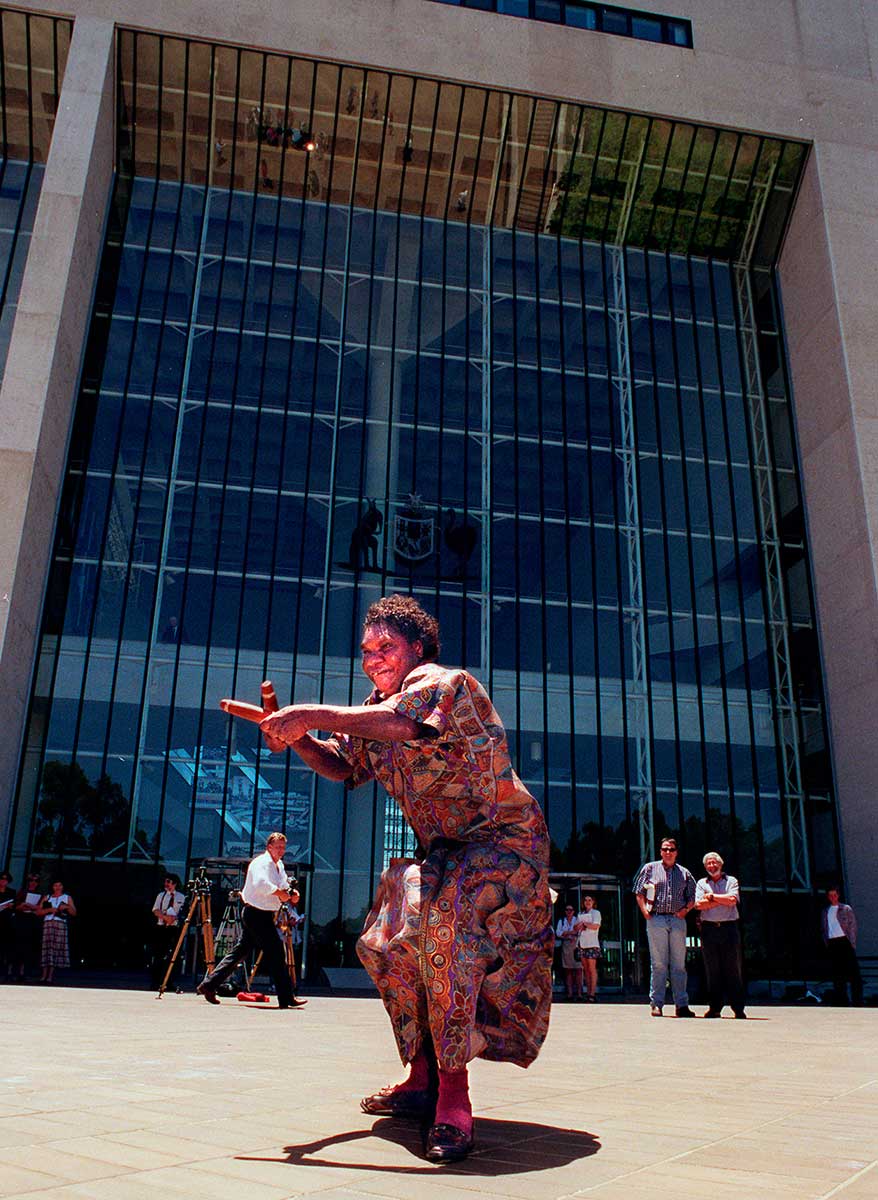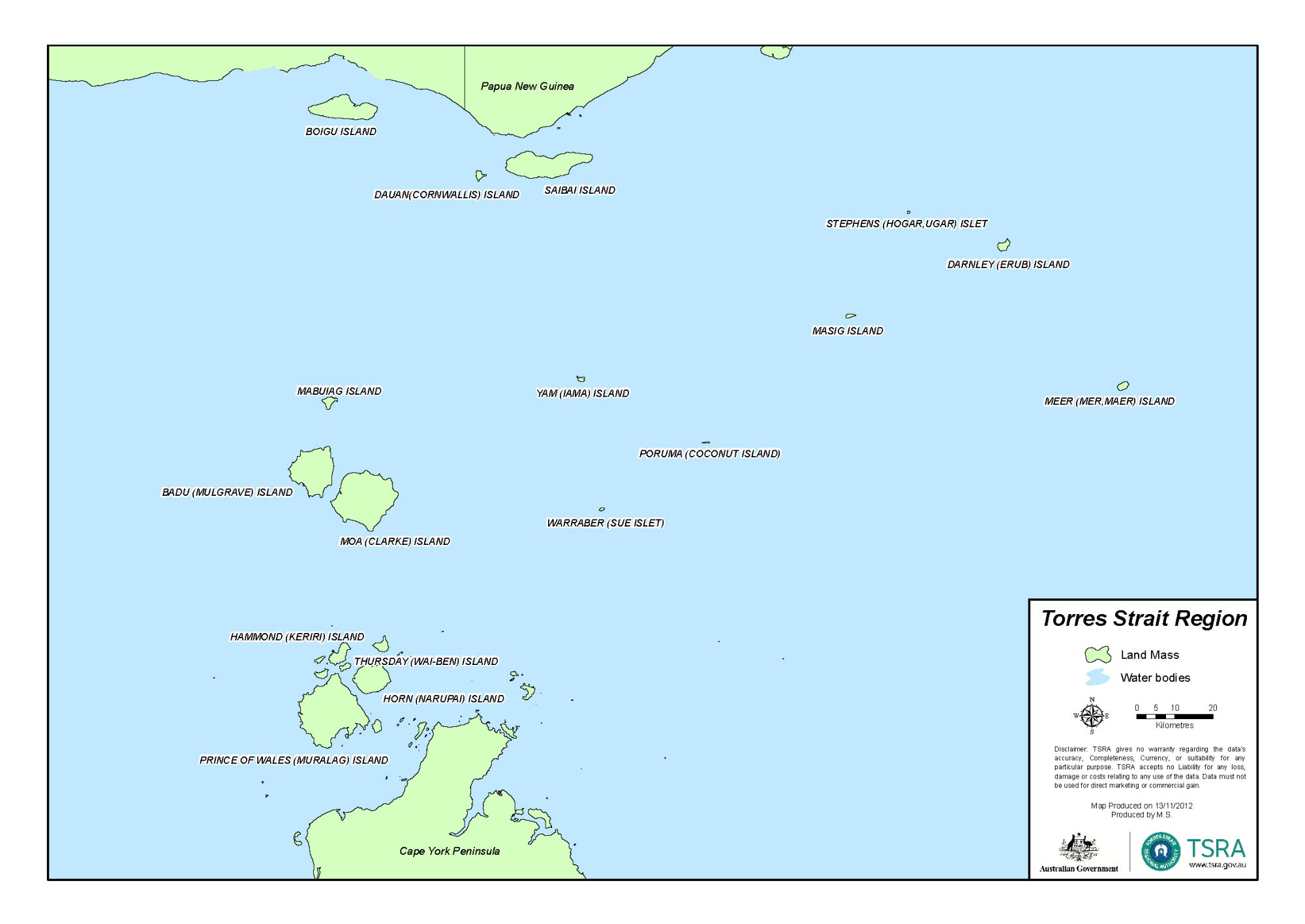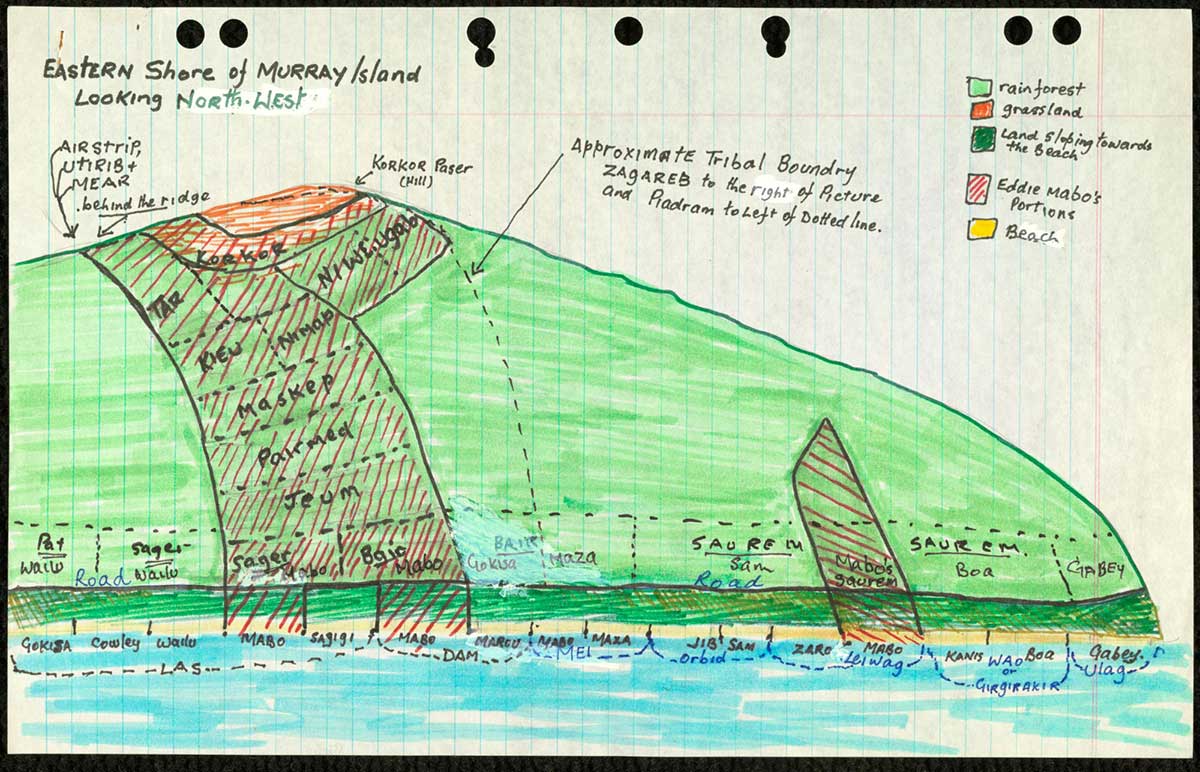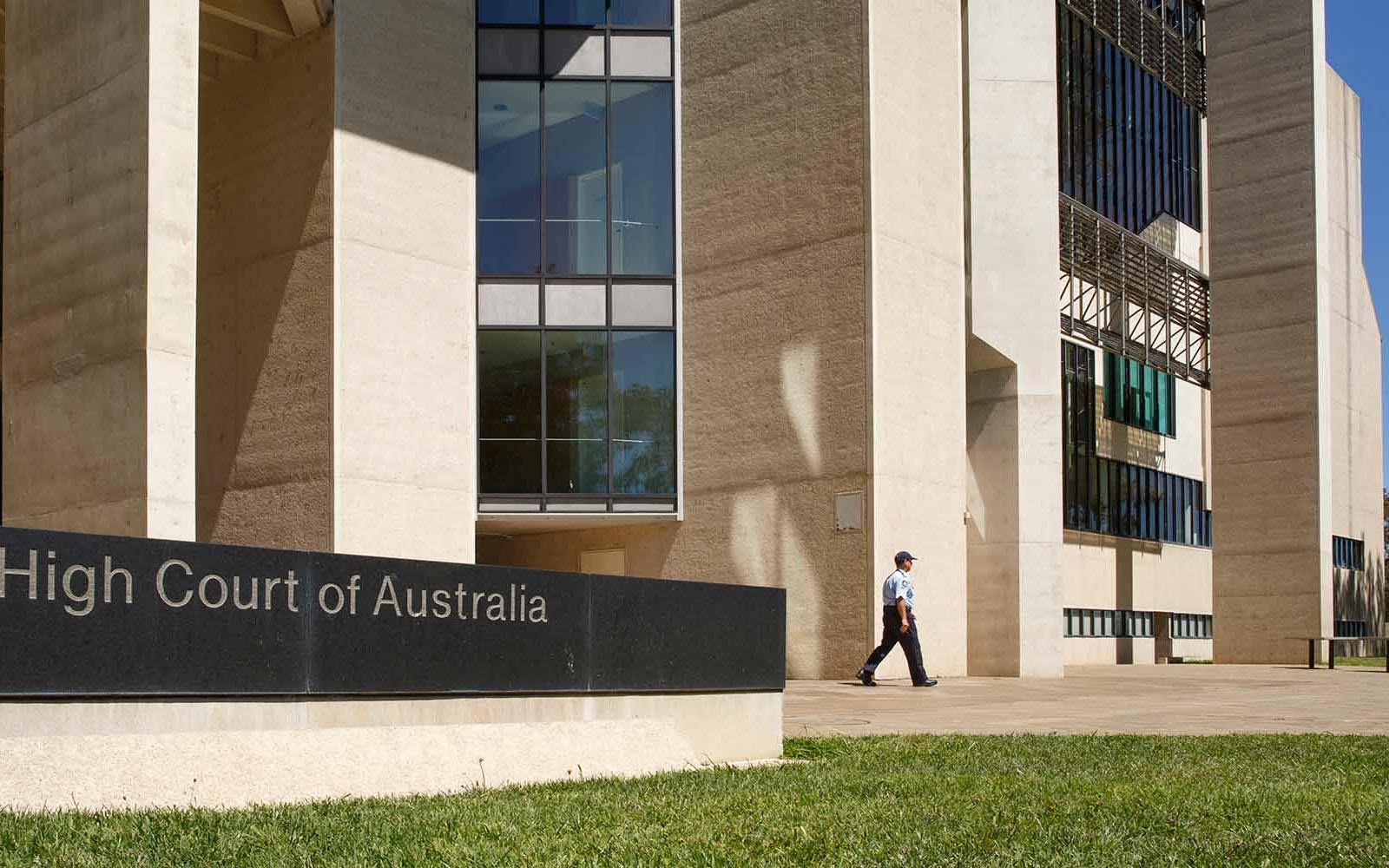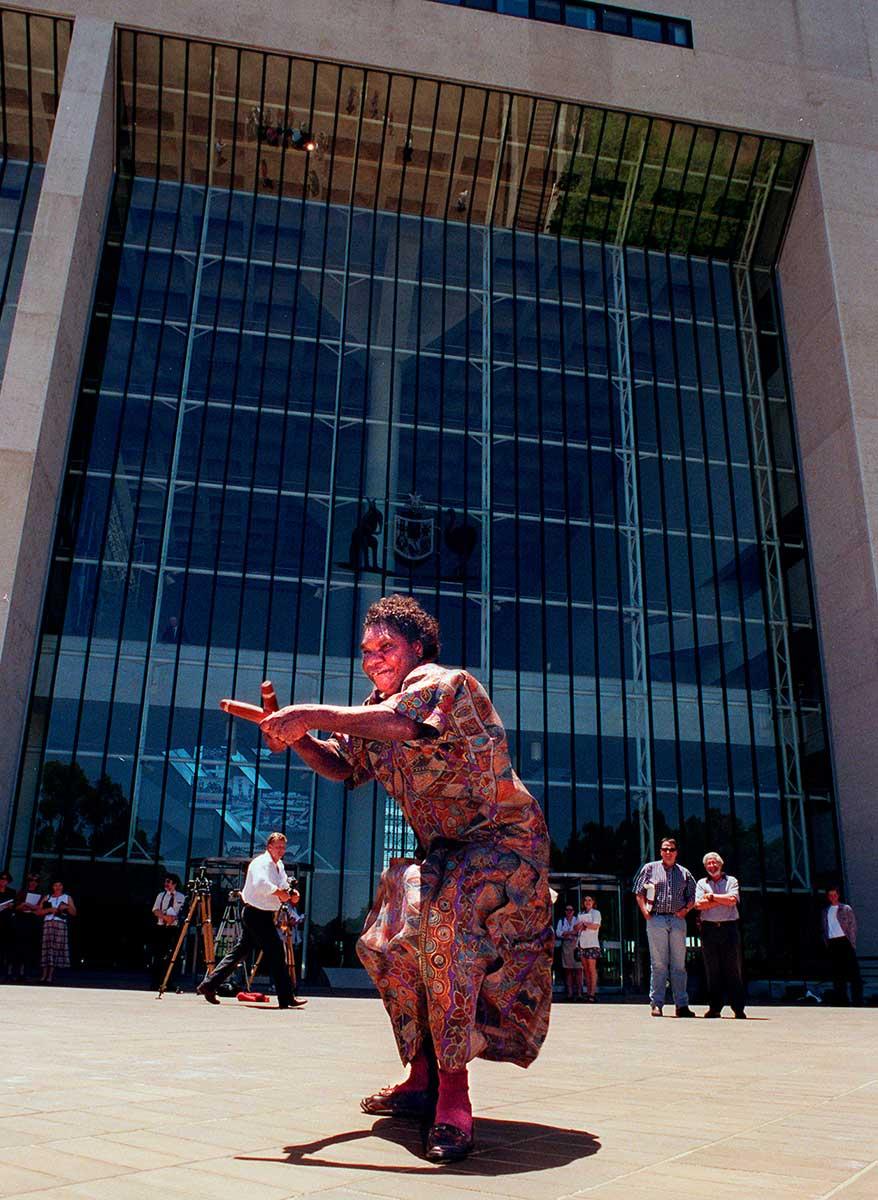Learning module:
Law and democracy Defining Moments
Courts making law
3.2 The Mabo case: When Eddie Mabo changed the law

The Mabo High Court case in 1992 is significant because it changed the law in Australia. How was it able to do this?
Background
In the early 1980s Eddie Koiki Mabo and four other Torres Strait Islanders were astonished to discover that the Queensland Government claimed to own the land on their Torres Strait island. The five believed that they owned the land through a pre-European system of law and custom. Queensland claimed that it owned the land as a result of colonial possession in the 1800s, and a more recent Queensland Act of Parliament.
While the dispute was between the state of Queensland and five individuals, the issue became one that had direct relevance to every person in Australia.
The case started in Queensland in 1982, and was eventually decided in the High Court of Australia in Canberra 10 years later.
Your task is to look at the following information and questions, and answer the key question: What does the Mabo case tell you about the High Court and lawmaking in Australia?
1. Look at Map A. Describe where the island of Mer (or Murray Island) is in relation to the Australian mainland and Papua New Guinea.
2. Look at Map B. Where is Eddie Mabo’s land on Mer?
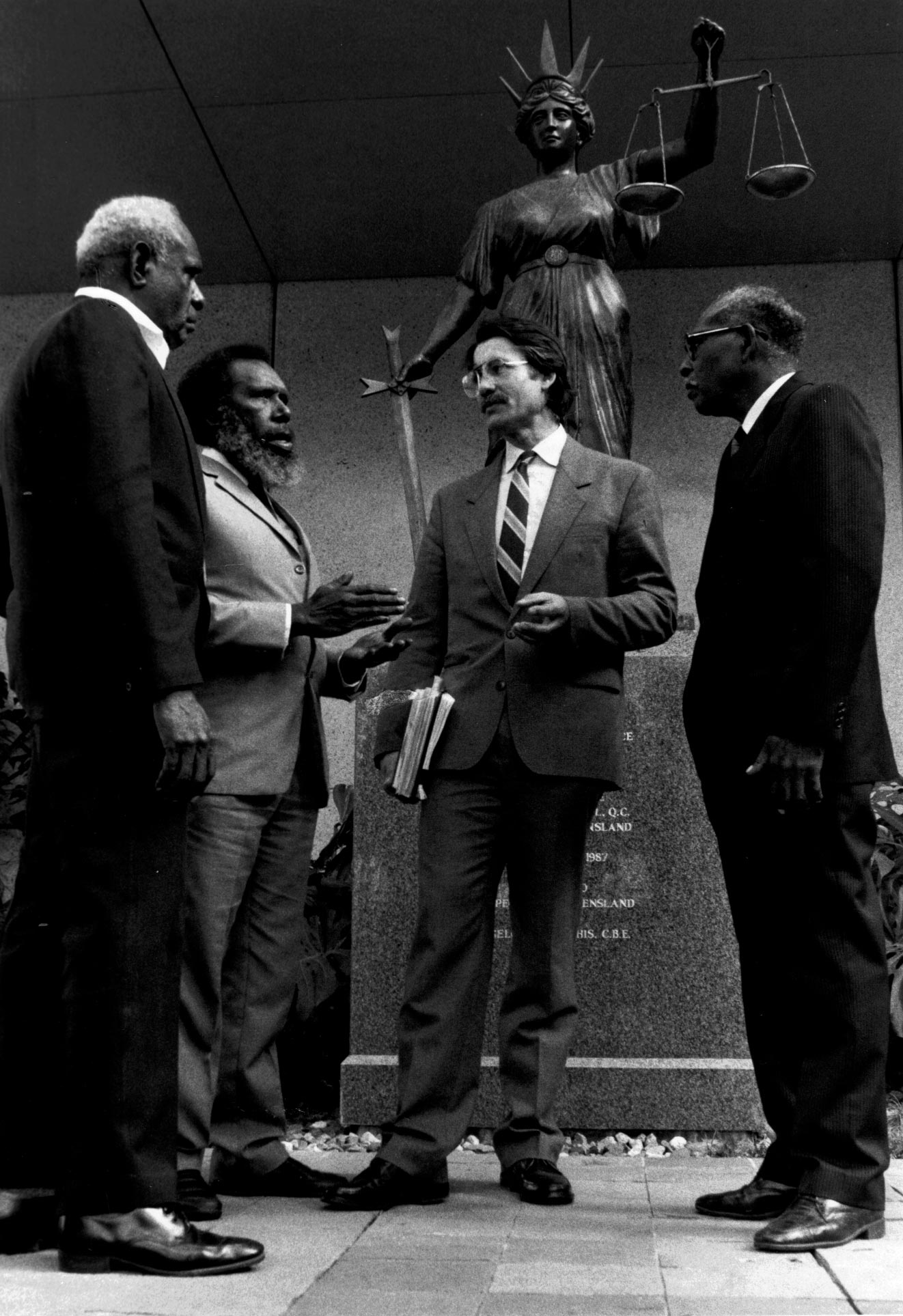
Now read about the 1992 Mabo High Court decision in the Defining Moment in Australian history: 1992 High Court decision in Mabo case recognises native title and answer the questions that follow.
3. The Mabo case concerned the British claim to Australia. When did James Cook claim the east coast for the British Crown?
4. Why was Cook able to legally claim the land according to the law at the time, now referred to as terra nullius?
5. What effect did this claim have on the sovereignty of Indigenous peoples and on their land ownership?
6. What did Eddie Mabo claim about the land he lived on?
7. What evidence was presented by the group of Meriam people, led by Eddie Mabo, to support their land ownership claim?
8. How did the Queensland Government attempt to undermine this claim?
9. The Queensland legislation was later challenged in the High Court. The case of Mabo v Queensland (No 1) decided that the Queensland legislation was not valid. Why?
10. Explain the ruling of the High Court in the Mabo case (Mabo v Queensland (No 2)).
11. What did this decision mean for the concept of terra nullius?
12. What was the new legal principle involved in the decision?
13. Who can now claim native title and under what conditions?
14. To what extent did the High Court decision in the Mabo case change the law?







